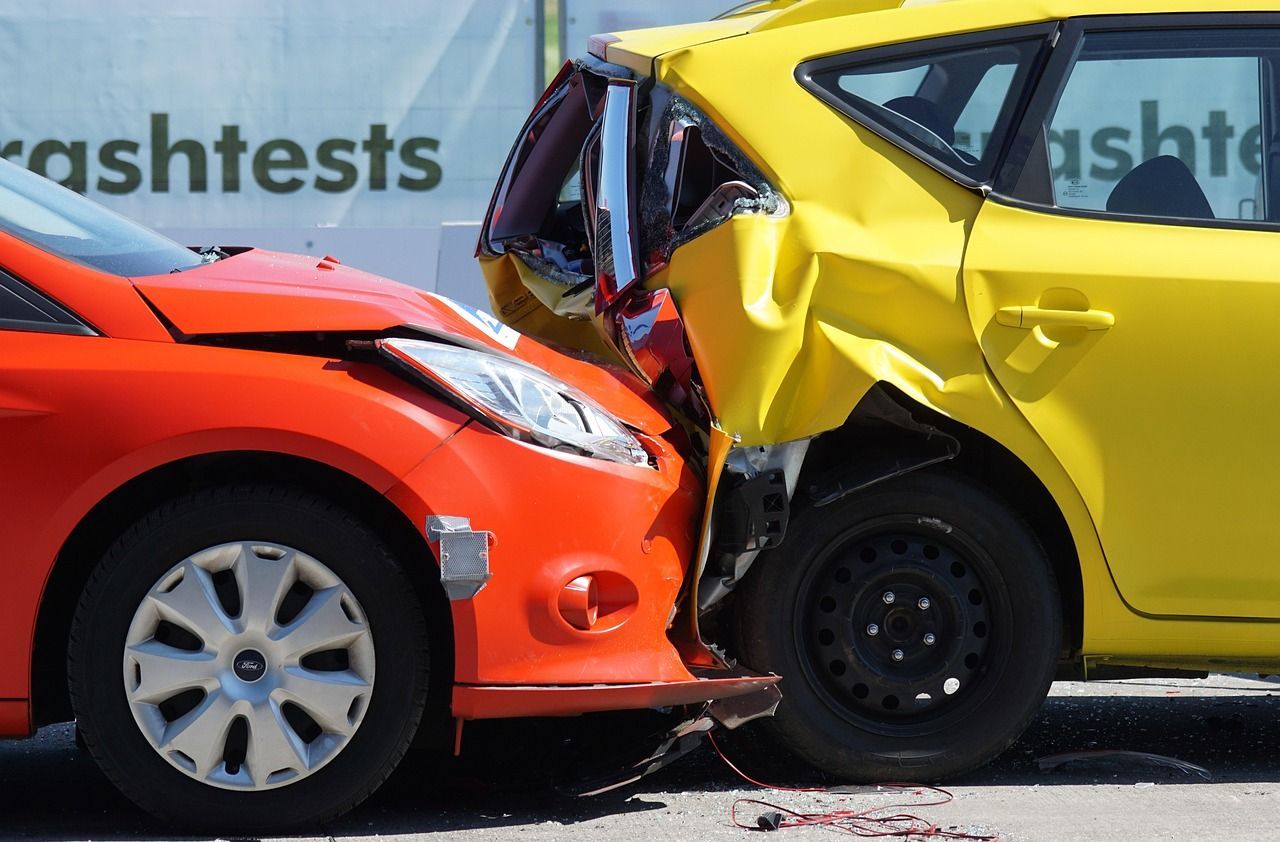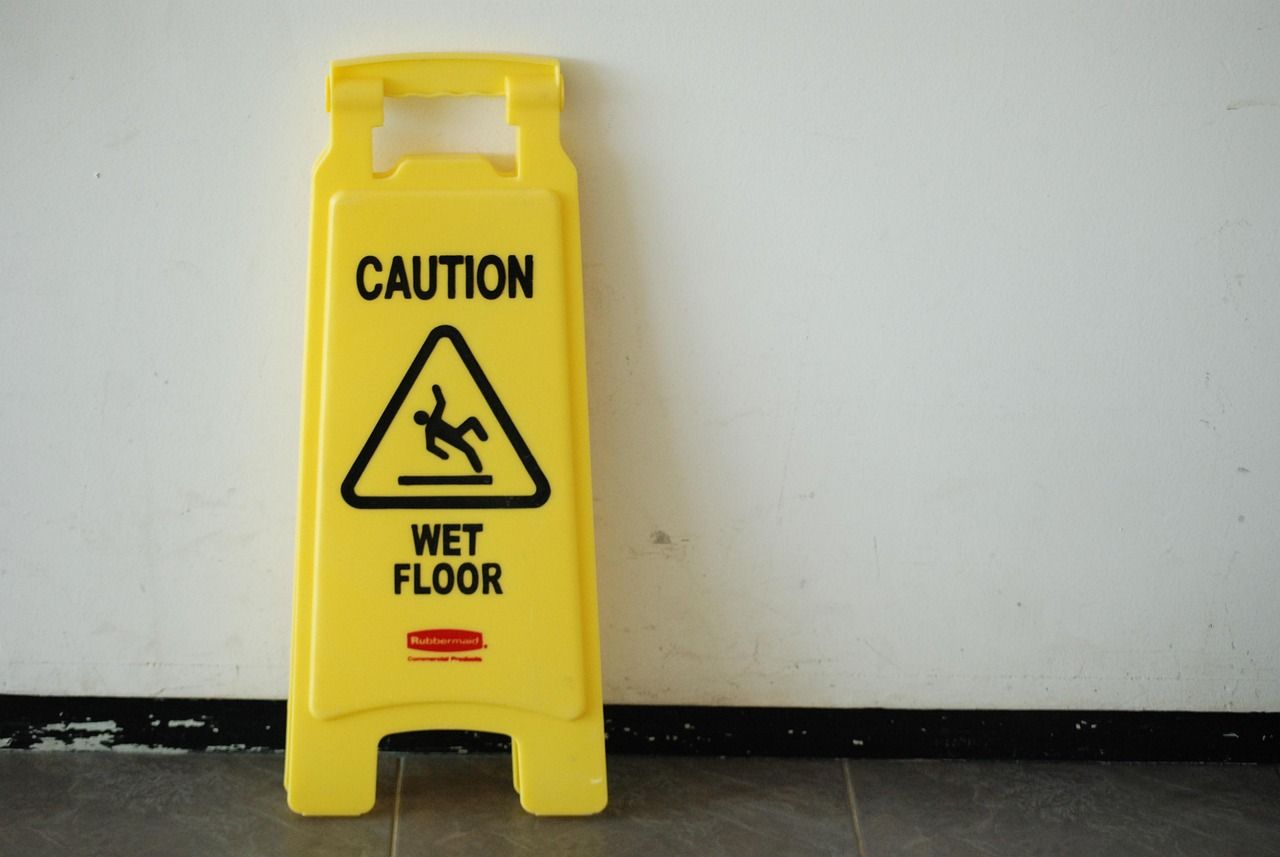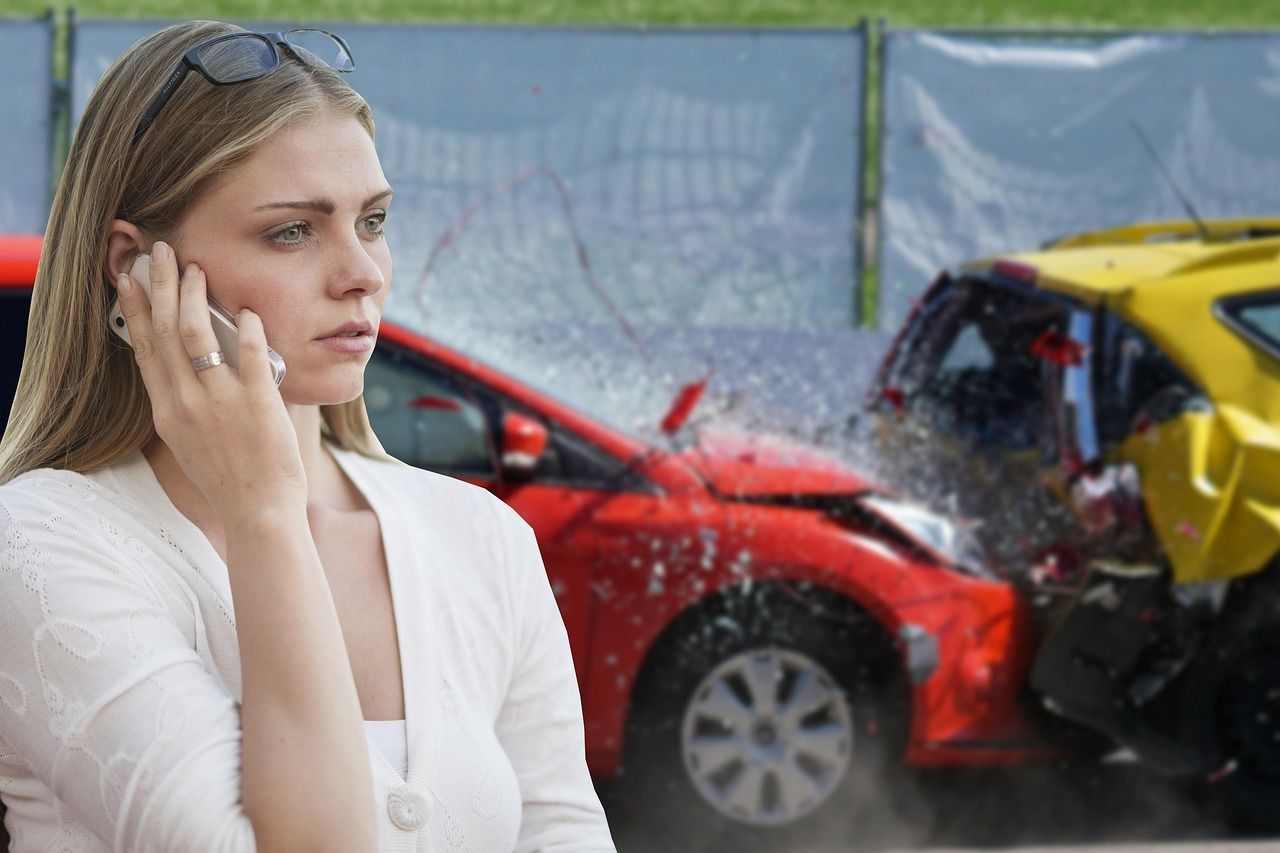I Guarantee a 24 Hour Response
Understanding Comparative Fault in Wisconsin Injury Claims
In this episode, Paul Benson explains comparative fault and how it affects personal injury claims in Wisconsin. Many injured people assume that being even slightly at fault disqualifies them from compensation—but that’s not always the case. Wisconsin follows a modified comparative fault rule, meaning an injured person can still recover damages as long as they are less than 50% at fault for the accident. However, their total compensation is reduced by the percentage of their fault.
Paul highlights that insurance companies often use this law to minimize payouts. For instance, even when someone is rear-ended, insurers may claim the driver “could have avoided the crash” or “failed to react properly.” These tactics are designed to assign more blame to the victim and reduce the company’s financial responsibility.
Why Insurance Companies Push Comparative Negligence
Insurance adjusters frequently argue comparative negligence to pressure claimants into accepting less money. They might insist that the victim was 30% or 40% responsible, even when the evidence says otherwise. Paul emphasizes that this isn’t about fairness—it’s about saving the company money.
Without a lawyer, many people give in to these arguments because they sound authoritative. But once a legal team gets involved, the dynamic shifts. The burden moves to the insurance company to prove their claims. Paul and his team immediately work to gather evidence—such as crash data, witness statements, and surveillance footage—to push back on exaggerated fault percentages.
How Crucial Evidence Can Disappear Fast
According to Paul, the first few days after an accident are critical. Modern vehicles contain data recorders, often called “black boxes,” that store crash information like speed, braking, and turn signals. However, this data can vanish once a car is salvaged or destroyed. Similarly, surveillance footage from nearby businesses can be erased within days.
That’s why Paul’s team sends preservation letters right away—to ensure that vital evidence isn’t lost. Acting fast gives his firm a stronger position to prove negligence and protect clients from unfair blame.
From Negotiation to Mediation and Trial
Before any case reaches a courtroom, there’s often a period of negotiation. Lawyers exchange arguments, share evidence, and sometimes enter mediation—a process led by a neutral third party, often a retired judge. Paul explains that his goal during mediation is to use the collected evidence—like vehicle data, videos, and witness statements—to prove that the other driver was fully responsible.
If mediation doesn’t lead to a settlement, the case proceeds to trial. A Wisconsin jury of 12 peers then decides both fault and damages. Interestingly, juries are not told about the 50% rule—they don’t know that assigning more than half the fault to the injured person eliminates their compensation. Paul believes this is unfair, as it can lead to unintended verdicts.
When a Claim Doesn’t Hold Up
Not every claim results in a case. Paul is candid about situations where he has to tell potential clients that they don’t have a strong claim. Sometimes, after reviewing the facts and evidence, the law simply doesn’t support recovery. However, his firm still performs due diligence—checking speed data, surveillance, and other factors that might reveal additional liability.
When a Case Turns Out Stronger Than Expected
On the flip side, many people assume they have no case—only to discover that they do. Paul shares that clients often come to him after another lawyer dismissed their claim. In many of those cases, especially where inexperienced lawyers misjudged the evidence, Paul’s team successfully secured compensation. His experience handling nearly 100 cases a year for over 15 years allows him to recognize value where others might not.
Why Many People Never Call a Lawyer
Paul notes that insurance companies are skilled at making victims feel powerless. Adjusters often speak as if they are the law, discouraging people from challenging their decisions. This intimidation causes many injured people to walk away from valid claims—costing them their rightful compensation.
How Insurance Companies Value Injuries
While insurers may sometimes admit fault, they often fight over damages—particularly pain and suffering. Tangible injuries like broken bones are easier for them to value, but brain injuries, back injuries, and emotional trauma are treated with skepticism because they’re harder to “see” on a scan.
Paul explains that this is where skilled lawyers add the most value. In cases of concussions, PTSD, or anxiety, experienced legal representation helps translate invisible suffering into credible, provable claims.
How Comparative Fault Impacts Settlements
When a case goes to trial, juries determine both the fault percentage and total damages, which are then adjusted by the percentage of fault. In settlement negotiations, however, the numbers are usually discussed as one total figure. Rather than saying “75% at fault,” both sides trade full-amount offers based on their perceived strengths.
How COVID-19 Changed Jury Perceptions
Paul believes that juries today are more empathetic toward mental and emotional injuries than before the pandemic. He’s observed a nationwide shift in how juries evaluate PTSD and psychological trauma, suggesting that shared post-COVID experiences have increased understanding and compassion for invisible injuries.
When Depositions Expose the Truth
Finally, Paul explains how depositions—sworn questioning of drivers and witnesses—often reveal inconsistencies in the defense’s story. Insurance companies may claim their driver wasn’t at fault, but when questioned directly, those claims can collapse. Paul has seen defendants admit fault under oath, completely changing the case’s direction.
He stresses that this level of thorough investigation only happens when law firms are willing to do the hard work—gathering evidence, taking depositions, and calling the insurance company’s bluff.
Key Takeaway
Comparative fault doesn’t automatically disqualify you from compensation. As long as you are less than 50% at fault, you may still recover damages. The key is acting quickly, preserving evidence, and having a lawyer who knows how to challenge insurance tactics designed to reduce your payout.







